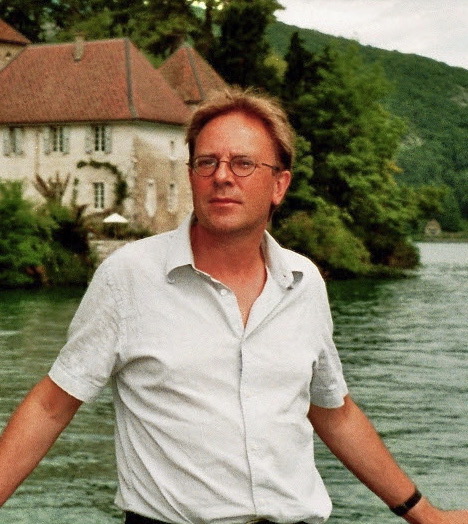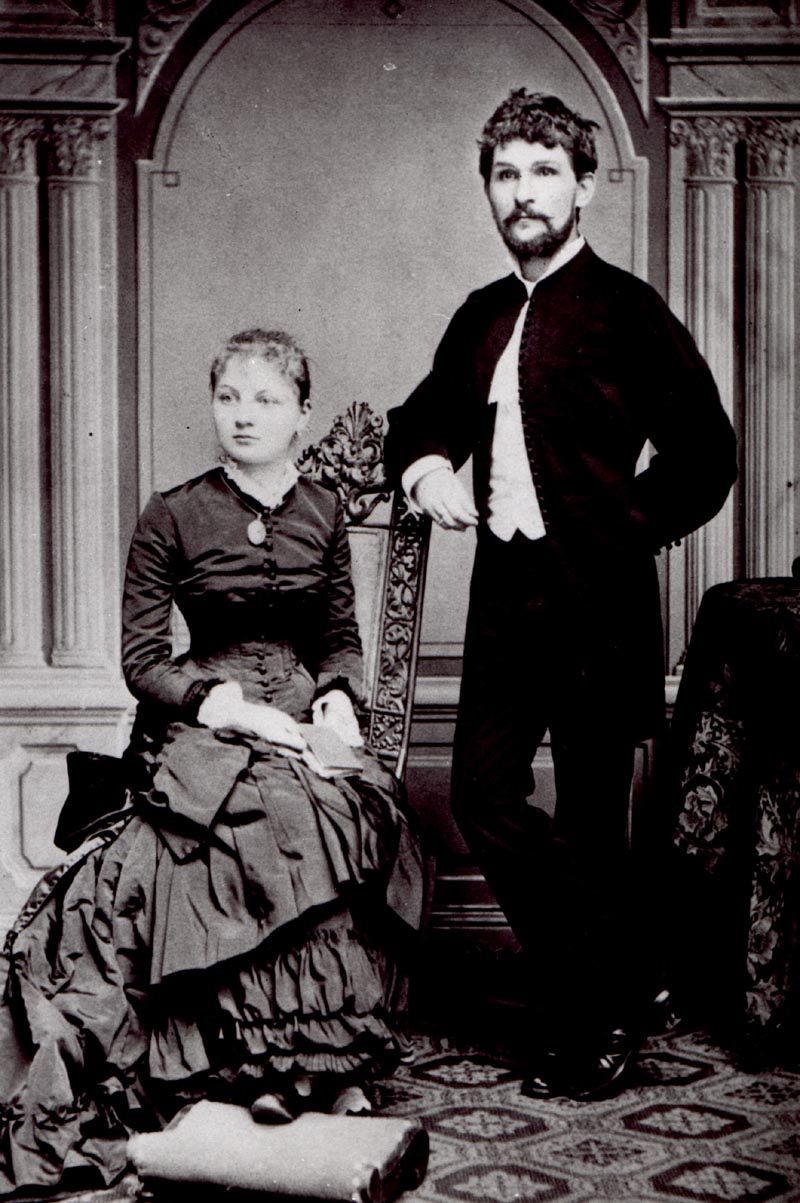|
Theo Verbey
Theo Verbey (5 July 1959 – 13 October 2019) was a Dutch composer. Biography Theo Verbey was a Dutch contemporary classical composer whose music is performed by orchestras and ensembles throughout the world. His style could be considered to be associated with Postmodern music. Verbey was also a skilled arranger who first achieved recognition for his orchestral instrumentation of Alban Berg's Piano Sonata, Op. 1, a piece he orchestrated in 1984 while still a student. He studied at the Royal Conservatory of The Hague where he graduated in 1986. His principal composition teachers were Peter Schat and Jan van Vlijmen. Upon completing his studies Verbey rapidly became one of the most performed of living Dutch composers."Composer in the Spotlight: Theo Verbey" , Music Center The Netherlands, Retrie ... [...More Info...] [...Related Items...] OR: [Wikipedia] [Google] [Baidu] |
Theo Verbey-1597864060
Theo is a given name and a hypocorism. Greek origin Many names beginning with the root "Theo-" derive from the Ancient Greek word ''theos'' (''θεός''), which means god, for example: *Feminine names: Thea, Theodora, Theodosia, Theophania, Theophano and Theoxena *Masculine names: Theodore, Theodoros/Theodorus, Theodosius, Theodotus, Theophanes, Theophilus, Theodoret and Theophylact Germanic origin Many other names beginning with "Theo-" do not necessarily derive from Greek, but rather the old Germanic "theud", meaning "people" or "folk". These names include: *Theobald, Theodahad, Theodard, Theodebert, Theodemir, and Theodoric People with the name Theo See Theo and Théo for a current alphabetical list of all people with the first name Theo or Théo in the English Wikipedia. Among better known people with this name are: * Theo Adam (1926-2019), German classical bass-baritone * Theo Albrecht (1922–2010), German entrepreneur and billionaire * Theo Angelopoulos (19 ... [...More Info...] [...Related Items...] OR: [Wikipedia] [Google] [Baidu] |
Jörgen Van Rijen
Jörgen van Rijen (born 20 February 1975, Dordrecht) is Principal Trombone (jointly with Bart Claessens) at the Royal Concertgebouw Orchestra (RCO) in Amsterdam. He is also a founding member of the Dutch trombone ensemble, New Trombone Collective, and Professor of Trombone at the Amsterdam Conservatory. Biography Jörgen van Rijen started playing trombone at age 8, and at the age of 16 began studying at the Rotterdam Conservatory under George Wiegel. During his studies, Jörgen spent three months studying with Michel Becquet, solo trombonist and teacher at the Conservatoire National Supérieur de Musique de Lyon, where he also studied baroque trombone with Daniel Lassalle. After briefly playing principal trombone with the Rotterdam Philharmonic Orchestra, he joined the Royal Concertgebouw Orchestra in the same position in 1997. In March 2001 van Rijen made his solo debut with the Royal Concertgebouw Orchestra performing Henri Tomasi's trombone concerto. A recording of this p ... [...More Info...] [...Related Items...] OR: [Wikipedia] [Google] [Baidu] |
Beatrix Of The Netherlands
Beatrix (Beatrix Wilhelmina Armgard, ; born 31 January 1938) is a member of the Dutch royal house who reigned as Queen of the Netherlands from 1980 until her abdication in 2013. Beatrix is the eldest daughter of Queen Juliana and her husband, Prince Bernhard of Lippe-Biesterfeld. Upon her mother's accession in 1948, she became heir presumptive. Beatrix attended a public primary school in Canada during World War II, and then finished her primary and secondary education in the Netherlands in the post-war period. In 1961, she received her law degree from Leiden University. In 1966, Beatrix married Claus von Amsberg, a German diplomat, with whom she had three children. When her mother abdicated on 30 April 1980, Beatrix succeeded her as queen. Beatrix's reign saw the country's Caribbean possessions reshaped with Aruba's Status aparte, secession and becoming its own Countries of the Kingdom of the Netherlands, constituent country within the kingdom in 1986. This was followed by ... [...More Info...] [...Related Items...] OR: [Wikipedia] [Google] [Baidu] |
Les Noces
''Les Noces'' (French for The Wedding; russian: Свадебка, ''Svadebka'') is a ballet and orchestral concert work composed by Igor Stravinsky for percussion, pianists, chorus, and vocal soloists. The composer gave it the descriptive title "Choreographed Scenes with Music and Voices" and dedicated it to impresario Sergei Diaghilev. Though initially intended to serve as a ballet score, it is often performed without dance. The ballet premiered under the musical direction of Ernest Ansermet at the Ballets Russes with choreography by Bronislava Nijinska on 13 June 1923, in Paris. Several versions of the score have been performed, either substituting orchestra for the percussion and pianos or using pianolas in accordance with a version of the piece that Stravinsky abandoned without completing. Composition Stravinsky first conceived of writing the ballet in 1913 and completed it in short score by October 1917. He wrote the libretto himself using Russian wedding lyrics taken prima ... [...More Info...] [...Related Items...] OR: [Wikipedia] [Google] [Baidu] |
Igor Stravinsky
Igor Fyodorovich Stravinsky (6 April 1971) was a Russian composer, pianist and conductor, later of French (from 1934) and American (from 1945) citizenship. He is widely considered one of the most important and influential composers of the 20th century and a pivotal figure in modernist music. Stravinsky's compositional career was notable for its stylistic diversity. He first achieved international fame with three ballets commissioned by the impresario Sergei Diaghilev and first performed in Paris by Diaghilev's Ballets Russes: ''The Firebird'' (1910), ''Petrushka'' (1911), and ''The Rite of Spring'' (1913). The last transformed the way in which subsequent composers thought about rhythmic structure and was largely responsible for Stravinsky's enduring reputation as a revolutionary who pushed the boundaries of musical design. His "Russian phase", which continued with works such as '' Renard'', ''L'Histoire du soldat,'' and ''Les noces'', was followed in the 1920s by a period ... [...More Info...] [...Related Items...] OR: [Wikipedia] [Google] [Baidu] |
Lyric Suite (Berg)
The ''Lyric Suite'' is a six- movement work for string quartet written by Alban Berg between 1925 and 1926 using methods derived from Arnold Schoenberg's twelve-tone technique. Though publicly dedicated to Alexander von Zemlinsky (from whose '' Lyric Symphony'' it quotes), the work has been shown to possess a "secret dedication" and to outline a "secret programme". Berg arranged three of the "pieces" (movements) for string orchestra in 1928. Composition and analysis The string quartet has six movements: As Berg's friend and fellow Schoenberg pupil Erwin Stein wrote in the preface to the score, " e work (Ist and VIth part, the main part of the IIIrd and the middle section of the Vth) has been mostly written strictly in accordance with Schoenberg's technique of the ' Composition with 12 inwardly related tones." A set of 12 different tones gives the rough material of the composition, and the portions which have been treated more freely still adhere more or less to the techniq ... [...More Info...] [...Related Items...] OR: [Wikipedia] [Google] [Baidu] |
Leoš Janáček
Leoš Janáček (, baptised Leo Eugen Janáček; 3 July 1854 – 12 August 1928) was a Czech composer, musical theorist, folklorist, publicist, and teacher. He was inspired by Moravian and other Slavic musics, including Eastern European folk music, to create an original, modern musical style.Sehnal and Vysloužil (2001), p. 175 Until 1895 he devoted himself mainly to folkloristic research. While his early musical output was influenced by contemporaries such as Antonín Dvořák, his later, mature works incorporate his earlier studies of national folk music in a modern, highly original synthesis, first evident in the opera ''Jenůfa'', which was premiered in 1904 in Brno. The success of ''Jenůfa'' (often called the "Moravian national opera") at Prague in 1916 gave Janáček access to the world's great opera stages. Janáček's later works are his most celebrated. They include operas such as ''Káťa Kabanová'' and ''The Cunning Little Vixen'', the Sinfonietta, the ''Glag ... [...More Info...] [...Related Items...] OR: [Wikipedia] [Google] [Baidu] |
Holland Festival
The Holland Festival () is the oldest and largest performing arts festival in the Netherlands. It takes place every June in Amsterdam. It comprises theatre, music, opera and modern dance. In recent years, multimedia, visual arts, film and architecture were added to the festival roster. Performances take place in Amsterdam venues such as the city theatre, the opera, the Concertgebouw and Muziekgebouw concert halls and the Westergas factory site. Each edition is loosely themed, and the programme features both contemporary work and classical pieces presented with a modern edge. History The festival was founded in 1947 and features some of the world's top artists and performers, as well as lesser-known performers. Notable world premieres included Karlheinz Stockhausen's ''Helicopter String Quartet''. The festival introduced Maria Callas in the Netherlands, and was also the first to successfully set up a large symphonic tribute to Frank Zappa with "200 motels-the suite" in 2000 (af ... [...More Info...] [...Related Items...] OR: [Wikipedia] [Google] [Baidu] |
Alejandro Agresti
Alejandro Agresti (born June 2, 1961, in Buenos Aires) is an Argentine film director, writer and producer. A prominent filmmaker in his country, he also directed ''The Lake House (film), The Lake House'' with Hollywood, Los Angeles, Hollywood actors Sandra Bullock and Keanu Reeves in 2006. Career Agresti is best known in the United States for his feature ''Valentín'', the story of a young boy who dreams of becoming an astronaut while attempting to better the bewildering world around him. This internationally acclaimed feature earned Agresti the Silver Condor (Cóndor de Plata) by the Argentine Film Critics Association for Best Director and Best Original Screenplay, Best Film and Special Jury Award at the Mar del Plata Film Festival, the Golden Calf for Best Director at the Nederlands Film Festival, and the Audience Award at the Newport International Film Festival. Agresti's other films include ''El Viento se llevó lo que'' ("Wind with the Gone"), ''Un mundo menos peor'' ("A Le ... [...More Info...] [...Related Items...] OR: [Wikipedia] [Google] [Baidu] |
Man Ray
Man Ray (born Emmanuel Radnitzky; August 27, 1890 – November 18, 1976) was an American visual artist who spent most of his career in Paris. He was a significant contributor to the Dada and Surrealism, Surrealist movements, although his ties to each were informal. He produced major works in a variety of List of artistic media, media but considered himself a painter above all. He was best known for his pioneering photography, and was a renowned fashion photography, fashion and portrait photographer. He is also noted for his work with photograms, which he called "rayographs" in reference to himself. Biography Background and early life During his career, Man Ray allowed few details of his early life or family background to be known to the public. He even refused to acknowledge that he ever had a name other than Man Ray.Neil Baldwin (writer), Baldwin, Neil. ''Man Ray: American Artist''; Da Capo Press; (1988, 2000) Man Ray's birth name was Emmanuel Radnitzky. He was born in ... [...More Info...] [...Related Items...] OR: [Wikipedia] [Google] [Baidu] |
Bandersnatch
A bandersnatch is a fictional creature in Lewis Carroll's 1871 novel ''Through the Looking-Glass'' and his 1874 poem ''The Hunting of the Snark''. Although neither work describes the appearance of a bandersnatch in great detail, in ''The Hunting of the Snark'', it has a long neck and snapping jaws, and both works describe it as ferocious and extraordinarily fast. ''Through the Looking-Glass'' implies that bandersnatches may be found in the world behind the looking-glass, and in ''The Hunting of the Snark'', a bandersnatch is found by a party of adventurers after crossing an ocean. Bandersnatches have appeared in various adaptations of Carroll's works; they have also been used in other authors' works and in other forms of media. Description Carroll's first mention of a Bandersnatch, in the poem "Jabberwocky" (which appears in ''Through the Looking-Glass''), is very brief: the narrator of the poem admonishes his son to "shun / The frumious Bandersnatch", the name describing the cr ... [...More Info...] [...Related Items...] OR: [Wikipedia] [Google] [Baidu] |






